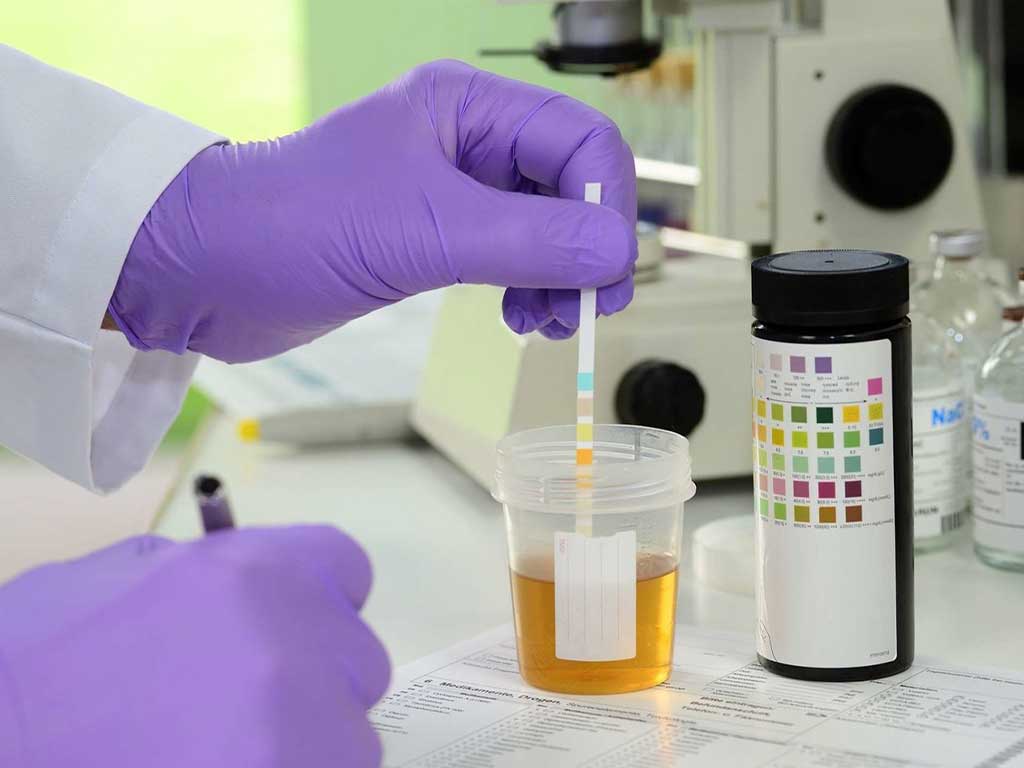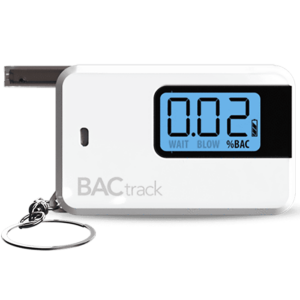Alcohol in Urine Sample: Detection Period and Accuracy of Urine Tests
29 November, 2023

One of the efficient methods to determine impairment is to detect alcohol in urine samples. Alcohol is a substance that is absorbed in different organs in the body. After consumption, the liver breaks down alcohol and eventually excreted in the urine. It can stay in the system for 24 hours, depending on the amount of intake. However, advanced urine tests can trace ethanol substances as far back as 80 hours from the last consumption.
Knowing how the body processes and reacts to alcohol is important to making decisions. Individuals can manage their intake and keep their blood alcohol level from exceeding the legal limits for driving. It also helps prevent the blood alcohol content from reaching hazardous levels. Moreover, various organisations implement alcohol testing for safety reasons. In this article, we will present the essentials of an alcohol urine test, how long alcohol stays in the system and the accuracy of the test methods.
What Is an Alcohol in Urine Sample Testing?
Alcohol in urine sample testing is a method to determine the presence of alcohol in a person. It involves collecting and analysing urine using various screening techniques. One of the methods is enzymatic assays, wherein the sample is placed in a special solution and then read by an instrument. This approach is cost-effective, as it is easy to administer and provides quick results.
More advanced methods utilise laboratory procedures, such as Gas Chromatography-Mass Spectrometry (GC-MS). Laboratory tests can identify the specific substance and measure the concentration level. The use of such methods depends on the level of accuracy that is needed and the urgency of getting the results. It may take 24 to 48 hours for a laboratory to provide the confirmatory test report.
Urine tests are commonly used in workplace alcohol and drug screenings. They help identify prospective and current employees who may be abusing alcohol. Furthermore, it can help verify sobriety when an individual is suspected of drink driving convictions and other legal cases. Overall, it is an effective method for determining alcohol consumption within a period of time.
Advantages Over Other Testing Methods
- The urine test is easy to administer. The sample collection procedure is less invasive than a blood test.
- Urine offers a more extended period of detection than oral fluid and breath alcohol tests.
- It accurately traces alcohol metabolites and can even identify drug substances when using the appropriate panels.
- It can be used to monitor alcohol abstinence in treatment programs or workplace settings.
- The results from a laboratory test are reliable and accurate.
- The sample can be retested for confirmation if necessary.
- Urine can recognise a wide range of substances, including alcohol biomarkers that may not be detectable in other methods.

The Detection Period of Alcohol in Urine Samples
Alcohol in urine samples can remain detectable for varying amounts of time. This depends on various factors, such as the level of alcohol consumption and metabolism. The body rapidly absorbs alcohol within minutes through the bloodstream. Additionally, the liver metabolises alcohol at a rate of approximately 0.015g/100ml per hour or 0.15% Blood Alcohol Concentration (BAC). Hence, the more the person drinks, the longer it will take for their body to eliminate alcohol.
On average, ethyl alcohol is detectable in urine for up to 48 hours. However, the detection period may be longer for chronic users. Moreover, specific urine tests can trace alcohol biomarkers like Ethyl Glucuronide (EtG) and Ethyl Sulphate (EtS), extending the period to 80 hours. These substances are indicators of the consumption of alcoholic beverages.
The metabolites of ethanol can linger in the system for an extended period of 80 hours. However, their traces in urine only indicate alcohol use and do not necessarily reflect current impairment. In comparison, alcohol is detectable in the breath for 24 hours, saliva for 12 hours, blood for four weeks, and hair for 90 days.
What Affects It?
Several factors affect the length of time alcohol stays in the system. Firstly, the number of standard drinks consumed can impact the duration of alcohol in urine. Secondly, body weight and metabolism influence the rate of BAC increase and the elimination process. People with slower metabolic rates tend to take longer for their bodies to break down alcohol completely.
Additionally, younger people tend to metabolise alcohol faster than older adults. Women may also process alcohol more slowly due to a higher body fat percentage. Lastly, medical conditions like liver disease affect the elimination of alcohol from the body.

Accuracy of Testing Alcohol in Urine Samples
Testing alcohol in urine samples is generally accurate and reliable. Modern screening test kits are capable of detecting alcohol using high sensitivities. Moreover, laboratory procedures like GC-MS use strict quality assurance standards. The technology is precise in identifying ethanol metabolites in urine specimens. It also has fewer risks of false positives.
Some testing centres may use a combination of methods to get a comprehensive overview of alcohol in the system. The laboratory results are usually verifiable in legal proceedings or for medical purposes. Additionally, medical facilities adhere to strict standard protocols to maintain the integrity of the test. This includes the chain of command in the collection, storage, and transportation of the specimen.
It is important to note that rapid screening tests only give qualitative information regarding alcohol use. For quantifiable results, a laboratory test is essential. Various factors can also help determine heavy drinking and alcohol misuse. To ensure the most accurate results, follow the advice of healthcare professionals. It is also best to avoid certain medications and alcohol-containing products like breath sprays and mouthwash.
Factors That Can Influence the Results
Despite their reliability, there are some limitations that need to be taken into consideration. Factors such as temperature can influence the concentration level of alcohol in a sample. In addition, if the procedure does not follow the proper sample collection method or storage guidelines, it can produce inaccurate readings.
Another factor that may influence the results is the threshold of detection. False negatives can occur if the threshold of detection is too high or the test is not sensitive enough to detect ethanol in urine. Lastly, high levels of creatinine or ketones in urine can interfere with the accuracy of alcohol testing.
Conclusion
Ethyl alcohol in urine samples is detectable for up to 48 hours after consumption. Meanwhile, its metabolites can linger in the system for up to 80 hours. When the body breaks down alcohol, it produces byproducts that remain traceable in body samples for different periods of time. The length of time they stay depends on several factors, such as the amount of drinks consumed, the alcohol metabolism rate, gender, age, and overall health.
Urine testing is an efficient and reliable method of alcohol detection. It is an accurate test suitable for various settings, such as workplaces and healthcare centres. Many organisations prefer this testing method because it is easy to administer. They can also use it to test for illegal drugs simultaneously. Nevertheless, it is vital to consider the factors that influence the test to ensure the accuracy of the results. This includes exposure to alcohol products and collection techniques.





























